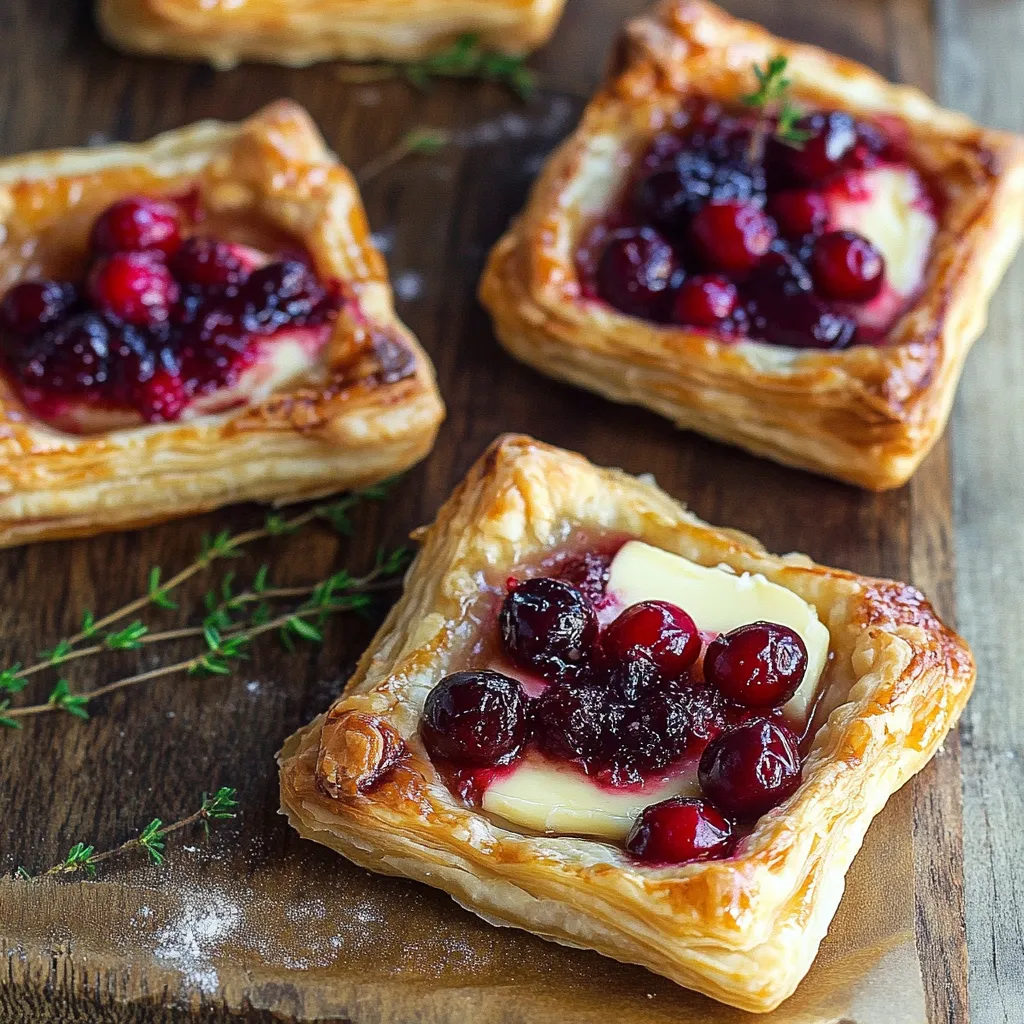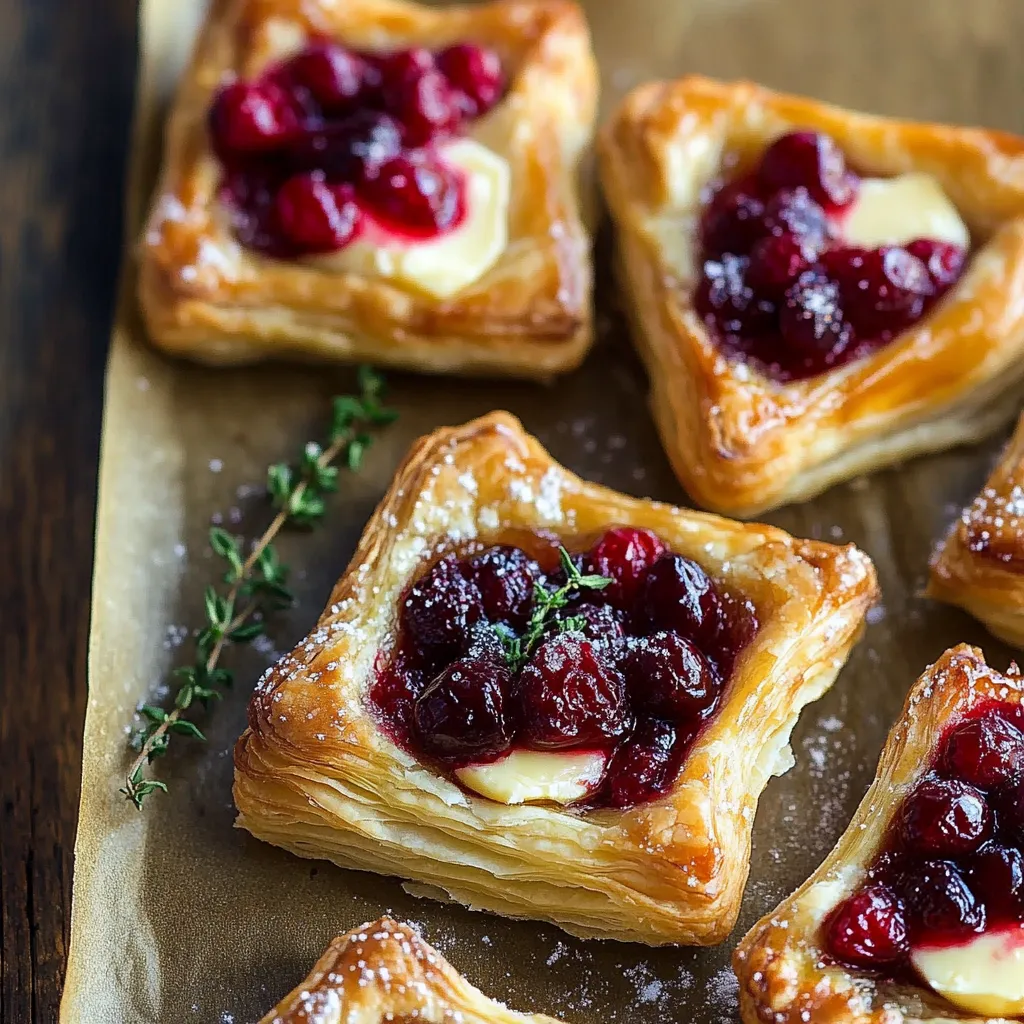 Pin it
Pin it
This scratch-made cinnamon swirl loaf turns simple kitchen staples into a gorgeous baked creation that makes your house smell amazing. Each slice shows off a beautiful cinnamon sugar spiral and has a soft, tender texture that's wonderful fresh or toasted the next day.
I've baked this bread tons of times and found the key is getting to know how your dough feels. Nothing beats that feeling when you slice into your cooled loaf and see that perfect spiral inside—it's worth all the kneading and waiting.
Key Components
- Bread flour: Should be new for good gluten formation
- Active dry yeast: Must be lively and well-activated
- Whole milk: Gives the dough a better feel
- Ground cinnamon: Pick one that's aromatic and fresh
- Unsalted butter: Lets you manage the saltiness yourself
Simple Making Guide
- Step 1:
- Start by activating your yeast in warm (100-110°F) water with a tiny bit of sugar. You'll know it's good when it gets bubbly within 5-10 minutes.
- Step 2:
- Mix your warm milk with melted butter, making sure they're just warm, not hot. It should feel nice on your wrist—not burning.
- Step 3:
- Put flour and salt in a big bowl and make a hole in the middle for your wet stuff. This helps everything mix better.
- Step 4:
- Work the dough until it feels smooth and stretchy, around 8-10 minutes. Try the window test—pull a bit until it's thin enough to let light through without breaking.
- Step 5:
- Let it sit in a cozy, still place until it grows twice as big. This wait builds flavor.
- Step 6:
- Flatten the dough into a nice even rectangle, taking your time. This makes your swirl look better.
- Step 7:
- Paint with egg white before sprinkling your cinnamon-sugar mix. This trick stops gaps in your swirl.
- Step 8:
- Roll it up firmly from the short side, pinching to close. A snug roll makes those pretty spiral patterns.
 Pin it
Pin it
My story with this bread started in my grandma's kitchen. She always told me, 'Good bread needs patience. Watch and listen to your dough—it'll show you when it's ready.'
Creating Beautiful Spirals
After making this bread many times, I've learned that getting those gorgeous swirls means watching a few things: Rolling dough to the same thickness everywhere. Putting cinnamon sugar on evenly. Rolling with the right tightness. Making sure the seam is sealed well.
Watching Your Heat
Getting good results really depends on heat: Keep your rising spot warm (75-78°F works best). Warm your liquids just right (100-110°F). Have butter at room temp. Bake until inside reaches 195-200°F.
Fixing Common Problems
Easy fixes when things go wrong: Seeing gaps? Use more egg white next time. Bread too heavy? Your yeast might be old. Rising unevenly? Turn the pan halfway. Sugar leaking out? Leave an empty edge around dough.
Next-Level Methods
When you're ready to try something fancier: Try two cinnamon swirls instead of one. Add crunchy streusel on top. Drizzle with cream cheese topping. Make several small loaves.
Over my years making this bread, I've realized its real magic isn't just the perfect swirl but how it brings folks together. The way everyone waits while it's baking, the happiness of that first warm piece, and how it turns regular moments into special ones—that's when I know I've done it right.
The Best Way To Toast It
This bread makes fantastic toast, but there's a trick to it: Cut even slices about ½-inch thick. Use a medium toaster setting. Put butter on right away while hot. Let the butter melt all the way in.
Changes For Different Seasons
The basic recipe is great, but you can switch things up: Spring: Add some orange zest to your dough. Mix in fresh herbs. Pour on citrus icing. Summer: Throw in dried fruits. Serve with honey butter. Make a version you can pull apart. Fall: Use pumpkin pie spice mix. Add chopped nuts. Top with maple icing. Winter: Swirl in some cocoa powder. Use gingerbread spices. Top with vanilla icing.
Keeping It Fresh Longer
Ways to make it last and stay handy: Cut it before freezing for easy single slices. Wrap it twice for freezer storage. Toast frozen slices without thawing. Warm up stale bread in the oven.
Ways To Use Leftovers
 Pin it
Pin it
Use up every bit of this bread: Make bread pudding. Whip up french toast casserole. Create homemade croutons. Mix into breakfast strata.
Sharing With Others
This bread makes wonderful presents: Wrap it in cloth while still warm. Include ideas for serving. Give with some homemade butter. Add a card with the recipe.
Healthier Versions
Ways to make it better for you without losing taste: Mix in some whole wheat flour. Cut back on sugar. Add seeds and extra grains. Use natural sweeteners instead.
After baking loads of these and seeing how happy they make people, I now think of this cinnamon swirl bread as more than food—it's a way to connect families across generations, create lasting memories, and show you care through baking. Whether it's just for your family breakfast or given as a gift, each loaf brings moments of happiness and togetherness.
Frequently Asked Questions
- → Can I let the dough rise overnight?
- Of course! Just pop it in the fridge to rise. Let it warm up before shaping.
- → Why do swirls sometimes separate?
- Spread egg white over the dough before sprinkling cinnamon sugar. Also, poke a few holes before baking.
- → Is this bread freezer-friendly?
- Absolutely. Wrap it tightly in plastic and foil, and it’ll stay good for up to 3 months.
- → Can I swap bread flour for all-purpose?
- Bread flour’s better for sturdiness, but all-purpose will work. The texture might be softer.
- → When’s the bread fully baked?
- Check with a thermometer. It’s ready when it hits 195-200°F, or tap it—it should sound hollow.
